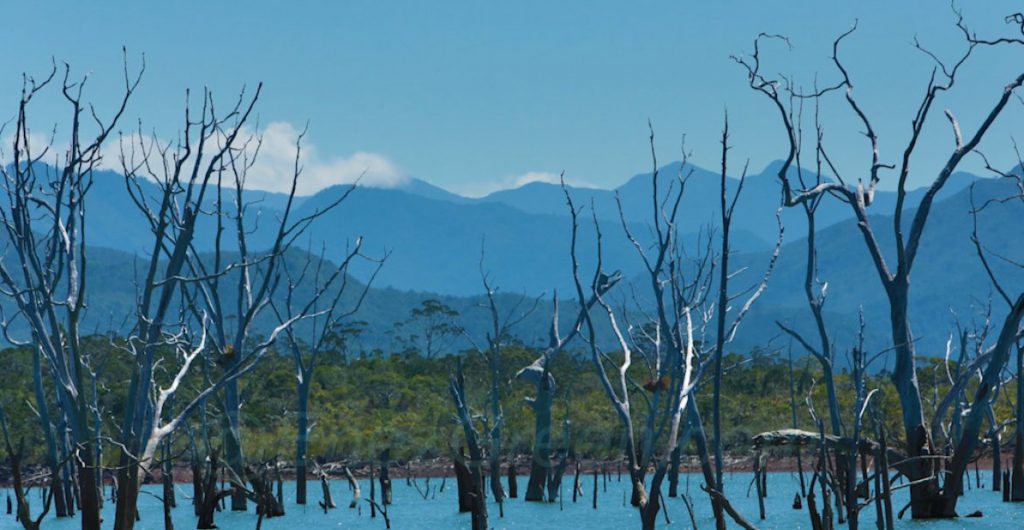A multi-site expedition for an unprecedented inventory of the “neglected” small wildlife
A series of scientific expeditions has just been launched by the National Museum of Natural History (MNHN) in New Caledonia within the Revisited Planet program.
Since 2006, four major expeditions were conducted in Santo, Mozambique, Papua New Guinea and Guyana, involving more than 700 scientists and an unprecedent logistics. So in New Caledonia hundred researchers are going to participate, the next two years, to several terrestrial and aquatic large missions with the main objective to find new species.
Because of their isolation for 30 million years, the flora and fauna of New Caledonia have evolved in isolation and offer exceptional biodiversity with the highest levels of endemism in the world. By itself, the Caledonian Forest over 2,500 endemic plant species, while the IRD (Institute for Research and Development) has identified nearly 20,000 marine species with many rare shells and living fossils.
Yet if large mammals, vertebrates, fish and birds have been well studied by scientific institutions that are present for a long time in the archipelago, small animals remains unknown. And it is precisely on small organisms “neglected” that focuses this unprecedented campaign. Although “neglected” these orgnismss represent 95% of biodiversity and play a fundamental role in the balance of ecosystems. The whole point of shipments of Planet Revisited is therefore to give them their place and also promote the term “new conservation policies that are no longer based only emblematic species that are mammals or birds.”
“…Many species are not only endemic to New Caledonia, but endemic to such valley, such river or mountain”
“In addition to conventional research, the Museum will use metagenomics” confirms Philippe Bouchet, professor in charge of the great expeditions and scientific publications director of the Museum. One method of studying collectively genetic contents into the environment: soil, air, etc. taken from the wild to find out which genes and therefore what biological functions exist in the environment, which will ultimately build genetic profiles.
Therefore begins this month the first sequence of Caledonian freshwater exploration over six hydro-ecoregions in the Mainland. “For the first time, hydrogeologists from the University of Lyon are going to study groundwater which have hardly ever been studied in New Caledonia”, according to Philippe Bouchet. While attention has always been rather focused on fish, organizations covered by this program will be rather the micro-crustaceans or micro-algae.
The first shipment will be done on the Plain of Lakes, in the South, with a base in the park of the Blue River, before launching research on two other sites in North Province, near Koumac and Hienghène. Agreements have been spent locally to authorize and supervise the collection of the MNHN. No economic exploitation of samples and specimens collected will be made and the sharing of benefits arising from the exploitation of natural resources is here again controlled.




